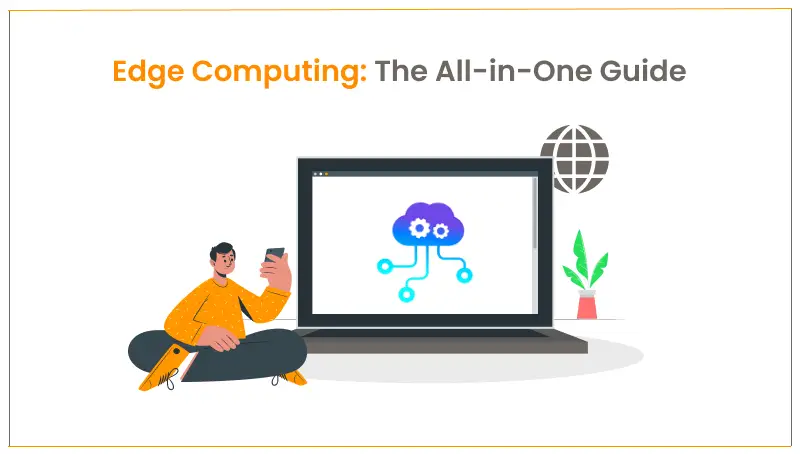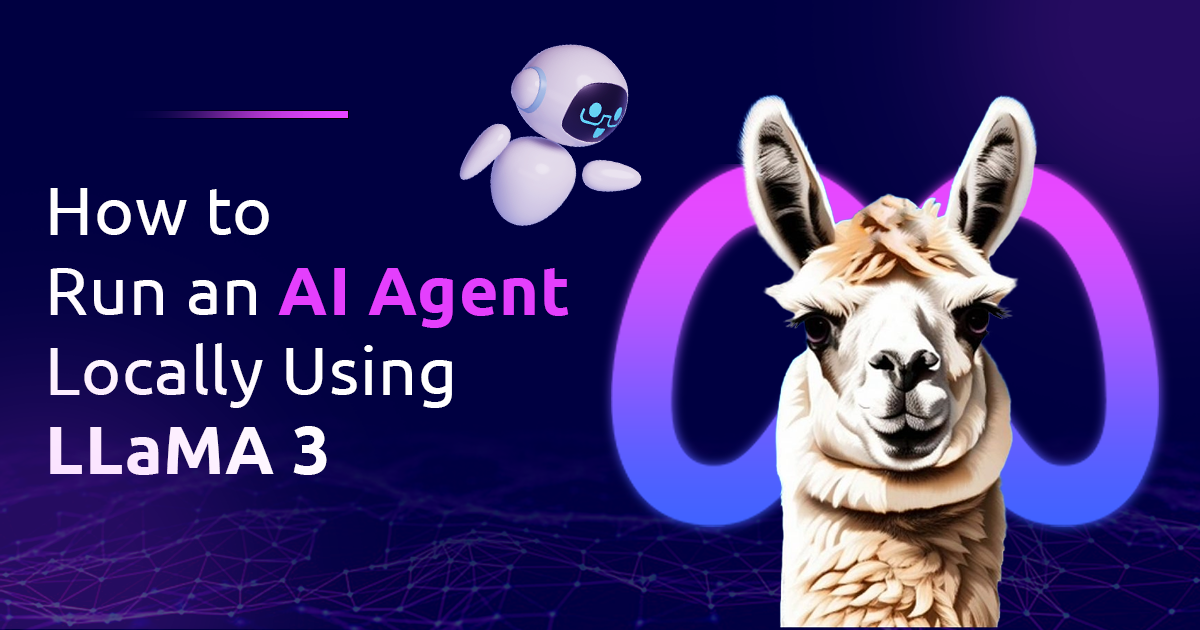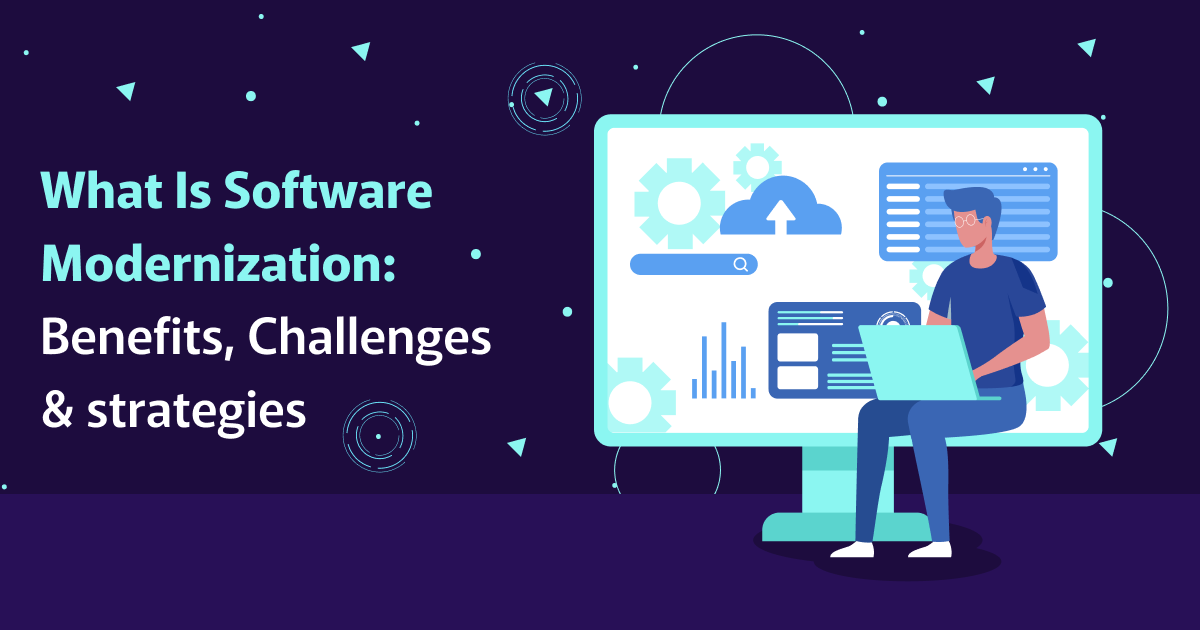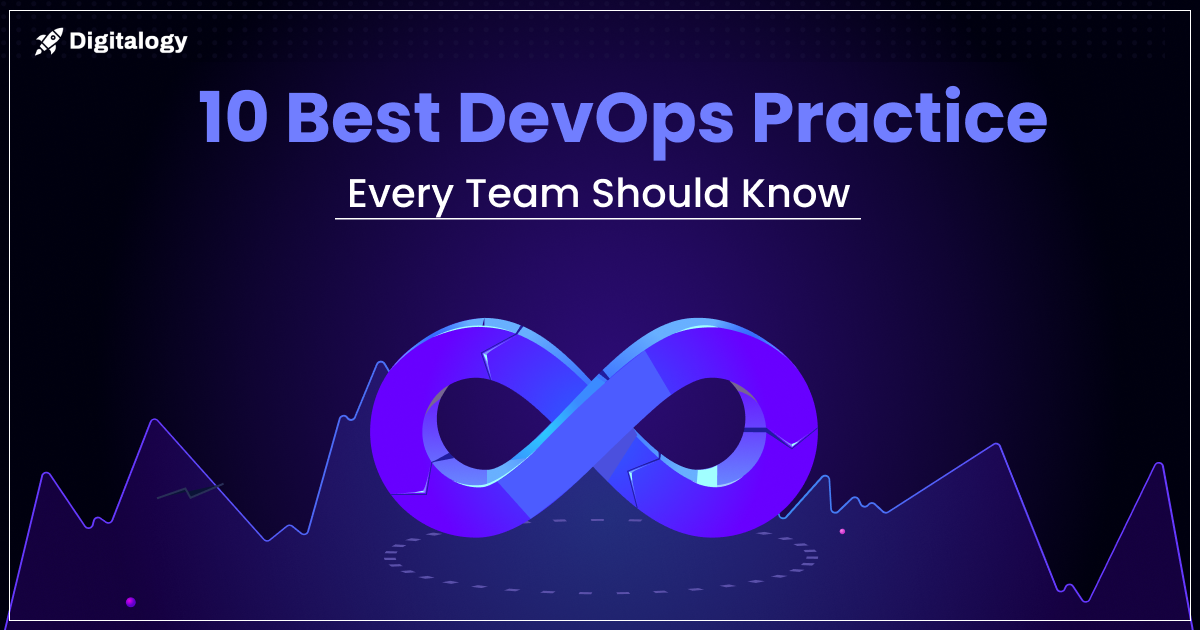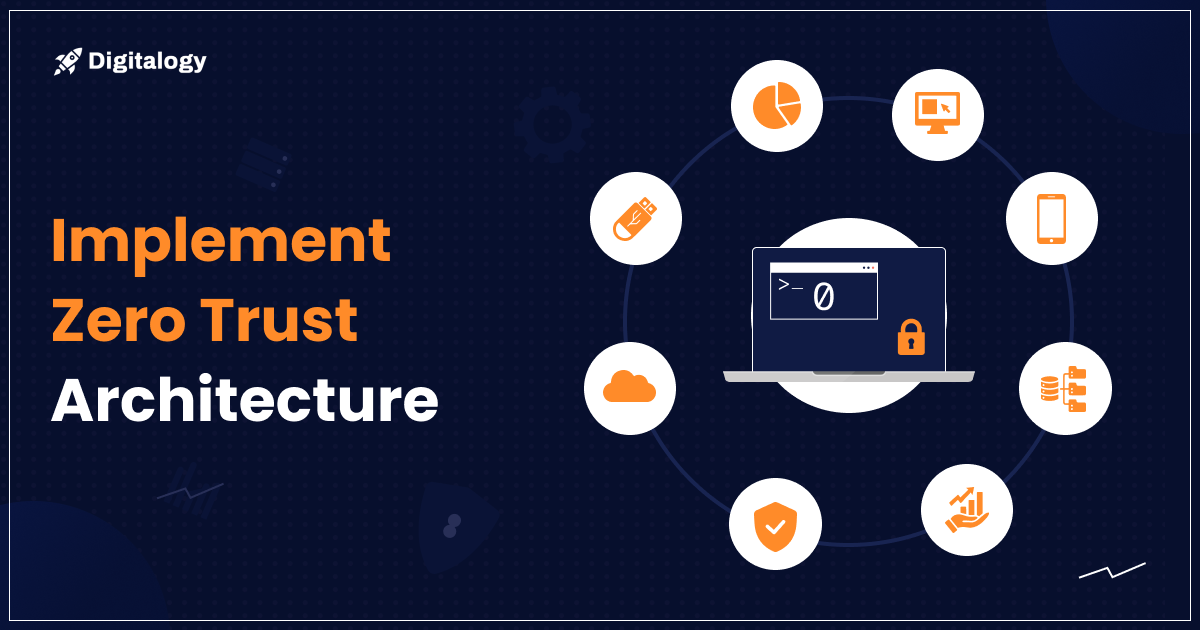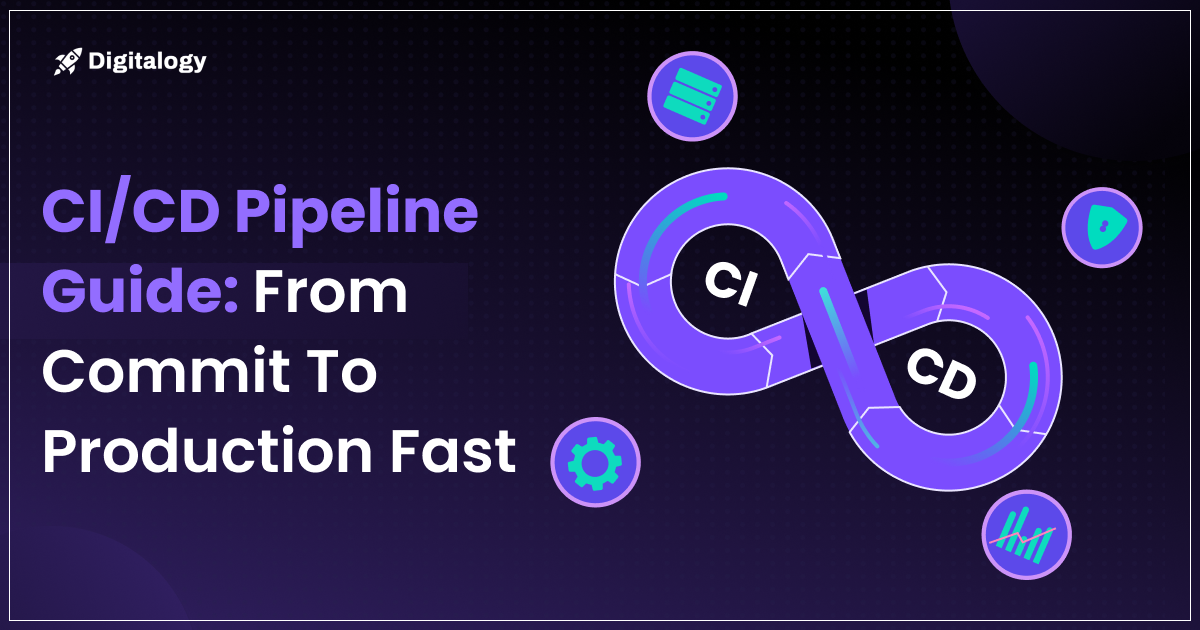Data Management is an important part of the functioning of a company. A local center collects data from various departments, which is subsequently transmitted to the cloud for conducting complex analysis. This analysis aims to derive insights to improve operational efficiency and enhance user interaction. Notably, significant advancements have been observed in recent years in terms of monitoring, managing, and analyzing data. Addressing the issue of faster technologies, including a 5G network, ‘edge computing’ facilitates processing complex data locally and in less time. It comes in handy during live lectures, video conferencing, data analysis in the medical field, robotics, and artificial intelligence, to name a few.
In this article, we will talk about what is edge computing, its operating principles, and applications of this technology. It’s a well-known fact that Edge computing continues to play a pivotal role in reshaping IT and business computing with the inception of IoT, 5G, and WIFI 6 technologies. Let’s dive deep into this!
Definition of Edge Computing
Edge Computing is a networking theory that focuses on bringing computing closer to source data. In easier terms, it transmits stored data and computer resources to the individual storage centers from the centralized data center. In this manner, the data is processed and analyzed near its source, and only the useful data is sent to the main center for business predictions and insights for critical reviews.
This approach is beneficial as it reduces latency and bandwidth and takes over the cloud’s significant load. It relies on minimal connectivity, and any hindrance to the internet connection might hamper data processing during video conferencing or AI.
It is a preferred data technique in companies with huge data processing systems; edge technology deployment servers’ scope remains defined and limited. With additional servers and IoT devices in place, edge computing involves a lot of hardware infrastructure to run various algorithms and manage data. However, this problem can be mitigated using Cloudflare Workers. The Cloudflare network has 200 geographical edge system locations worldwide, and users can run using edge code worldwide.
Now, the question arises, how does it work? let’s get the answer to this question in the next section.
How does Edge Computing work?
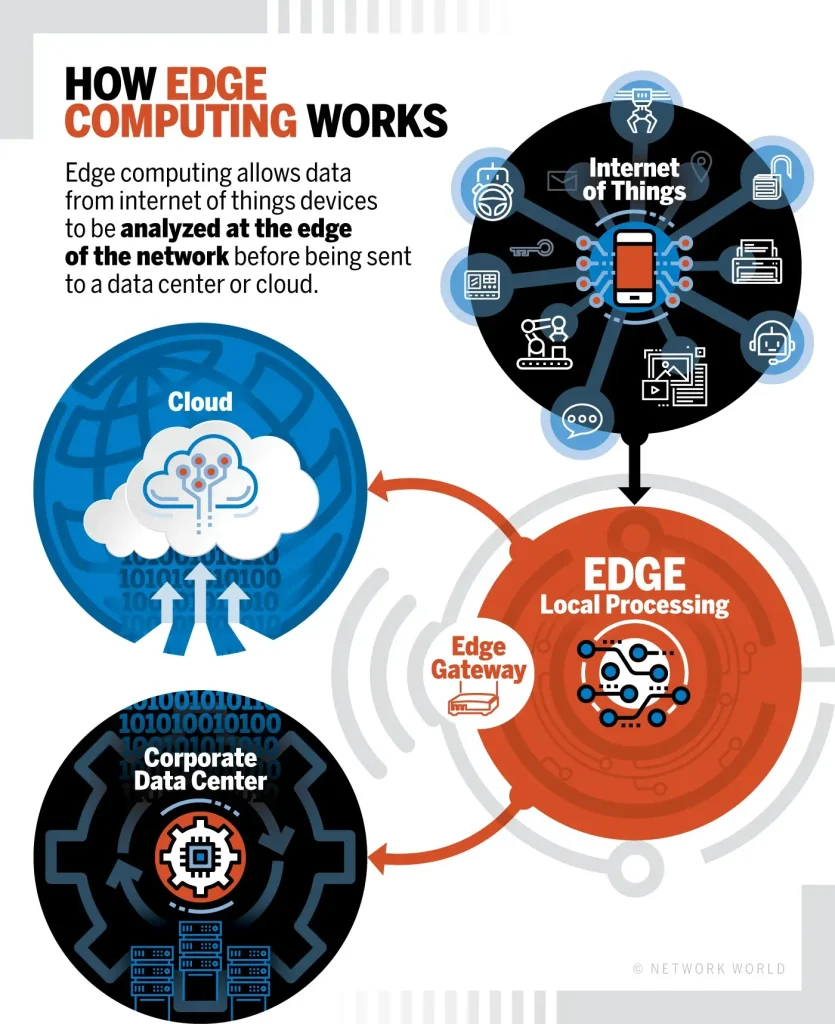
(Source: Network World)
The fundamental ethos behind edge computing solutions is all about placing the data in a convenient location. An ideal location would be closer to the user’s computer and has the processing skills to filter the useful data and transfer it to the cloud. Thus, using edge computing, data is processed and analyzed locally for business intelligence, research, and analysis and then sent to the main data center; this requires additional gears to operate on the LAN and is protected by multiple layers to bear the extreme climatic conditions.
The work can be explained using security cameras placed in a shopping mall for better understanding.
Numerous cameras in a mall continue to record the video and stream the signal to the cloud server.
(Source: Chris Gannon from Giphy.com)
On the cloud server, the videos from all cameras are put under motion detectors. The motion detectors are very useful as they filter the videos featuring activities and save them to the server’s database. This complete process requires several databases and a robust internet system to transfer the high-volume video footage. Thus, there is significant pressure on the cloud server as it processes videos from all cameras simultaneously. During this process, edge computing does is that it moves motion detector systems near the data sources. So, each camera has its own motion detector system. The videos streamed are processed locally and later sent to the cloud server. Hence, it significantly reduces the bandwidth as only selective videos are sent to the cloud; this is beneficial as it increases efficiency, and the cloud server is quicker in interacting with the local cameras without getting burdened.
In the next segment, we will discuss edge computing vs cloud computing and how the two technologies are different.
Edge Computing VS Cloud Computing
Both are similar concepts yet very different in Edge Computing vs Cloud Computing, and one should avoid using them interchangeably. Cloud computing is a preferred platform for deploying IoTs due to its high scalability. In addition, cloud computing provides a variety of computing services and resources for complex data.
However, the closest cloud center can still be far away from the local data storage, and this way, huge data transmission largely depends on the internet connection. Cloud computation is a better alternative if the centralized system is brought closer to the centers of data sources but not as close as edge cloud computing.
Let us get into the various edge computing processing and applications that will help you know this technology better.
Top 5 Applications of Edge Computing in 2024
Following are some of the popular edge computing applications:-
- Enhancing Consumer Interaction
Edge computing solutions can be used by running a syntax on a CDN edge network, and applications can be altered on how content is cached for businesses to become user-centric more than ever. Other interactive devices connected to the internet and operating on the computing code rather than waiting for the cloud server are beneficial for enhancing customer interactions.
- Monitoring and Analyzing Medical Data
Monitoring in medical devices is crucial, and responses from the cloud server are the least helpful in such cases. Hence, edge computing is the preferred system in the medical field for data monitoring and management.
- Video Conferencing
Live interacting videos require a considerable flow of the internet, so moving backend systems nearer to the video source will reduce latency and lag.
- Optimizing Network Connectivity
Enhances connectivity issues by monitoring the users’ performance and then using analytics to determine which network path recorded the lowest latency for all users.
- Ensuring Safety at Workplaces
To perform this computation, on-site cameras, motion detector systems, and other sensory devices are necessary. These devices are utilized to monitor workplace conditions and ensure adherence to safety rules, particularly in locations that may appear hazardous, such as construction sites.
After discovering the examples, it’s time to know the benefits of edge computing.
Benefits of Edge Networking in 2024
The following points are the underlying advantages of edge computing architecture.
- Reduces Latency and Bandwidth
The major benefit of edge computing is that it helps reduce lag, latency, and bandwidth. It improves performance as devices don’t have to experience delays and communicate at local data centers.
- Low Costs
In the coming years, as per current trends, we anticipate an abundance of edge-computing IoT devices. To ensure their smooth operation at minimal costs, we must actively shift significant computational tasks to edge computing platforms. Thus, edge computing architecture is the preferred computing system for companies with large data.
- Restores Data Security
Moving large amounts of data across regional and national boundaries poses threats to data security. Overcoming this challenge is achievable by placing the data closer to its source and adhering to existing laws on data sovereignty. This approach enables the local management and processing of unfiltered data, eliminating the need to transmit it to the cloud, especially when the cloud resides in different jurisdictions.
Drawbacks of Edging
Even though edge network has many advantages and gets quicker responses than ever, there are some major drawbacks.
- Threat to data security
It depends a lot on using multiple interactive devices, including vectors, local servers, and IoT devices that contain in-built processing systems. It is undoubtedly beneficial for processing large complex data; however, it offers hackers an opportunity to tamper with these devices.
- Limited scope
Cloud computing continues the upper hand over edge computing due to its high scalability and better data processing capabilities. Having said that, the latter one’s servers continue to remain defined and limited.
- Partial Processing of Data
The disadvantage of an edge network is that it analyzes and processes only the partial data and the rest gets discarded. Companies must be cautious of this shortcoming and must decide beforehand what data they are willing to sacrifice by employing edge computing technology.
Final Words over Edge Computing
We hope now you have full knowledge of what is edge computing, how it is different from cloud computing, applications, and the shortcomings as well as the benefits of edging technology. The basic principle that makes edge networking solutions the preferred method is that it keeps the data closer to its source, reducing latency and bandwidth significantly.
The field of IT has always been concerned with monitoring and analyzing data and its security while transmitting data to cloud centers located in different jurisdictions. Thus, edge computing continues to evolve with the discoveries of new technologies and the enhancement of its capabilities and practices.

